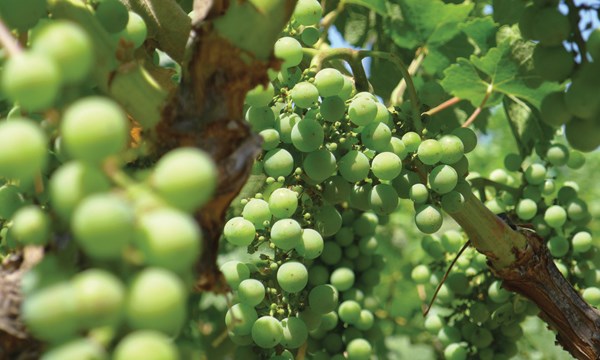This week saw a defining moment in the evolution of British Columbia’s wine industry.
On May 20 a group of wineries who’ve come together under the banner of The Golden Mile Bench filed a formal request with the B.C. Wine Authority to be recognized as the province’s first sub-appellation (which refers to region of origin).
Even though the sometimes contentious process has taken about five years to reach this point, if all goes as planned, the application could be approved within a few weeks or months.
Currently, B.C. is divided into six Designated Viticultural Areas (DVAs), of which the Okanagan Valley is the largest, containing a range of immensely varying sites, soils and climatic conditions (in wine-speak broadly referred to as “terroirs”). Under B.C. wine laws, a sub-appellation, or Sub-Designated Viticultural Area, can be approved only once a number of conditions have been met.
These include completing in-depth scientific analysis that prove the wines produced there “consistently demonstrate distinctive characteristics related to shared soil, topography and climate, enhanced by the adoption of specific production practices.”
A number of experts contributed to the Golden Mile Bench study, including longtime Pacific Agri Centre (PARC) Summerland viticultural research scientist Pat Bowen. The name Golden Mile dates from a time when Oliver once enjoyed fame as the “Cantaloupe capital of Canada.” In recent years its use has been unofficially adopted to publicize the numerous wineries that now populate the west side stretch of the valley on Oliver’s southern limits.
The proposed new designation has been applied for by the dozen or so wineries (including Tinhorn Creek, Road 13, Gehringer and Culmina), on the bench above the valley floor. Some wineries below, whose vineyards do not extend to the area defined, are not included, while the proposed northern boundary (based on soil sampling) runs right through Bill Eggert’s Fairview Estate.
Culmina owner Don Triggs notes the family’s 595-metre-elevation Margaret’s Bench (likely the highest vineyard in the south Okanagan) is also not included.
It’s important to note that these wineries would not have sole use of the term. Any winery that buys grapes from within the sub DVA could use them to make a Golden Mile Bench designated wine.
Despite the objections of those wineries excluded (who do have the option to apply for their own designation where feasible), it’s likely the application will be approved, and the Golden Mile Bench will come into being.
Under current B.C. regulations, the Okanagan Valley DVA is described as “the land within the watershed of the Okanagan water basin.” With the growth in the industry, and the emergence of so many obvious regional variations within the 250-kilometre long valley, such a vague description has become irrelevant, failing to provide the consumer with a label that details a meaningful origin.
Ontario moved some years ago to adopt a comprehensive system of soil-based sub-appellations throughout all of its DVAs, which addressed existing growing regions.
However, mainly for commercial reasons, B.C. has ignored the issue, choosing instead to be guided by major winery interests, wine tourism and brand designations that offer little indication as to from where the grapes actually came.
Golden Mile Bench is just the beginning. At least it should be.
• • •
Belly’s Best
The View Hail Mary 2013 (Okanagan Valley)
I get a chuckle out of folks who make the best of adversity. When most of The View’s East Kelowna vineyards were devastated by a huge hailstorm last August, they found some Muller Thurgau from nearby Lakeshore Trail to blend with their surviving Riesling.
The result is an easy-sipping, citrus, tropical and lightly floral blend that’s perfect to launch into summer, between showers. $16.40, 89 points.
Tim Pawsey writes about wine for numerous publications and online as the Hired Belly at hiredbelly.com. Contact: [email protected].



